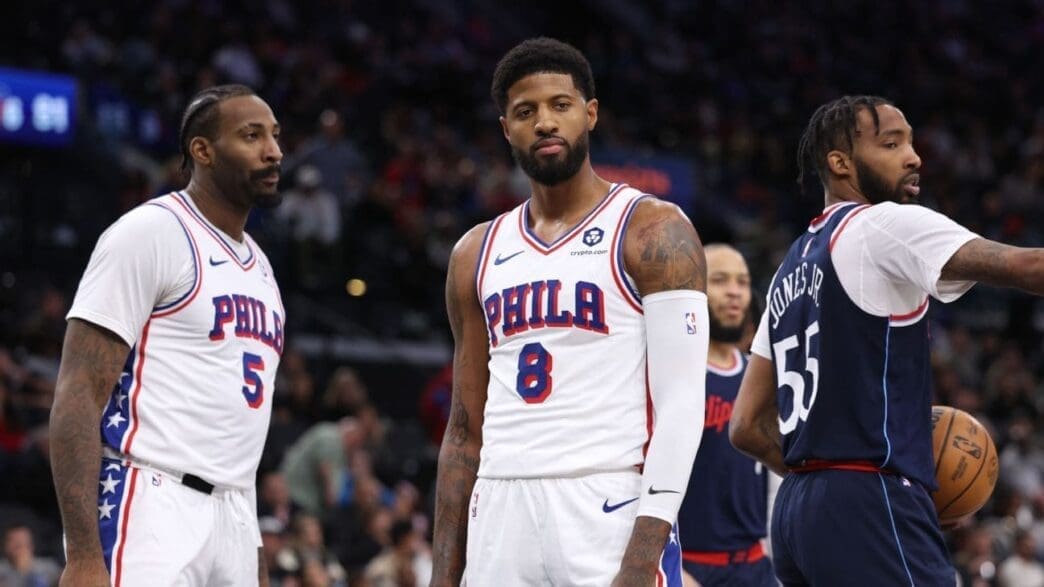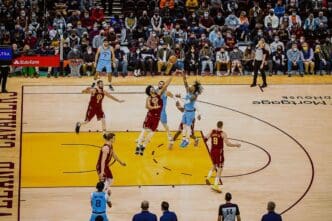The NBA’s December 15 deadline signifies a crucial point in the league’s calendar, marking the trade eligibility of 85 players who signed as free agents during the offseason. This event sets the stage for potential moves that can significantly impact team dynamics and performance.
Each year, the approach of December 15 is keenly observed by NBA teams and enthusiasts alike as it opens a window for strategic repositioning through trades. This year, 85 players become eligible, expanding the trade market’s liquidity. The decision-making process behind these trades has been influenced by the 2023 Collective Bargaining Agreement, which introduced new trade rules shaping the current landscape.
The complexity of the trade market is further exemplified by the various player classifications—ranging from franchise centerpieces to reserves—each carrying different implications for potential trades. Moreover, financial tools such as trade exceptions play a pivotal role. Teams like the Atlanta Hawks and Brooklyn Nets possess substantial trade exceptions, allowing them to acquire players without needing to match salaries, due to pre-existing agreements. This flexibility can be a game-changer, enabling teams to enhance their rosters without immediate financial constraints.
Notably, the Sacramento Kings capitalized on these new rules by acquiring DeMar DeRozan using an Expanded Traded Player Exception, offering a glimpse into how strategic leveraging of new agreements can benefit team composition. For teams over financial thresholds, such as the first and second apron, the trade rules are less favorable, reducing their trade margins from 110% to 100%, thus placing more pressure on managing their cap space wisely.
This nuanced environment requires teams to be vigilant and strategic. The Pacers and Magic, having available cap space, stand in a unique position compared to other teams constrained by financial limits. The Mavericks, although possessing a sizable trade exception, face limitations due to the potential breach of the second apron, highlighting the intricate balance teams must maintain between ambition and fiscal policy.
This period represents an opportunity for teams to strategically realign their rosters in anticipation of the season’s second half. With the ability to acquire talent and align player assets more effectively, teams aim to bolster their squad’s capabilities, addressing weaknesses or reinforcing strengths to enhance their competitive edge.
As the December 15 threshold opens the doors to strategic player movements, NBA teams must navigate the complexities of trade exceptions and financial constraints. The decisions made in this window can have lasting impacts, shaping the league’s competitive landscape and influencing team performances for the remainder of the season.
Source: Espn








